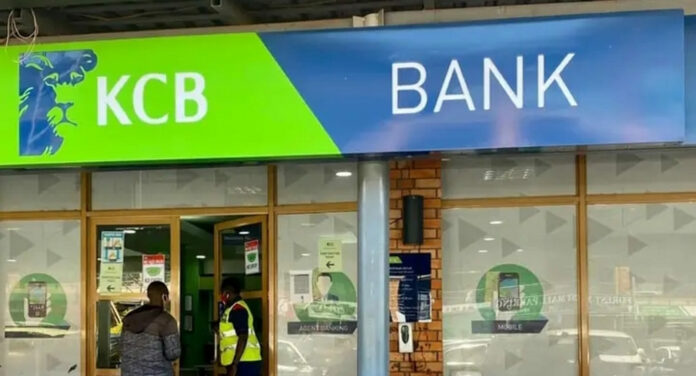KCB Bank has announced a reduction in its lending rate, lowering it from 15.6 percent to 14.6 percent, effective February 10, 2025.
This move, according to the lender, is part of its commitment to standing with customers amid the evolving economic landscape.
“The final lending rate is based on a customer-specific margin, adjusted to the base rate, in line with the approved Risk-Based Credit Pricing Model,” KCB said in an official statement. “This applies to all existing and new Kenya shilling-denominated facilities and excludes fixed-rate credit facilities.”
KCB’s decision follows the Central Bank of Kenya’s (CBK) recent move to ease monetary policy in an effort to stimulate economic activity.
During its most recent Monetary Policy Committee (MPC) meeting, CBK opted to lower the benchmark lending rate from 11.25 percent to 10.75 percent.
Additionally, it reduced the cash reserve ratio (CRR) from 4.25 percent to 3.25 percent, effectively injecting KSh 73.7 billion ($570 million) into the economy.
Co-op Bank to boost lending support to women businesses in deal with IFC
The monetary policy adjustments are aimed at enhancing liquidity, making credit more accessible to businesses and individuals, and supporting economic growth.
The reduction in lending rates comes at a critical time when private sector credit uptake has been dwindling.
In December 2024, private sector credit growth slumped to its lowest level in 22 years, a worrying trend that financial analysts have attributed to the high cost of borrowing.
The elevated interest rates had made it increasingly difficult for businesses to secure financing for expansion and working capital needs, while individual borrowers found it challenging to access affordable credit for personal or investment purposes.
KCB’s move to cut lending rates could set a precedent for other financial institutions to follow suit, creating a ripple effect that may gradually ease the financial burden on borrowers.
Banks are closely monitoring economic indicators and the CBK’s policy stance to determine their next course of action.
Industry observers believe that if more commercial banks lower their lending rates, it could revitalize private sector borrowing, fostering investment and consumption that are crucial for economic recovery and growth.
The Kenyan banking sector has been under pressure to balance risk management with the need to support economic activities, especially in an environment where many businesses are still recovering from the lingering effects of global economic disruptions.
While KCB’s rate cut signals a willingness to make credit more affordable, banks remain cautious about lending to higher-risk borrowers, particularly those in sectors that have struggled with repayment challenges in recent years.
This development is expected to be welcomed by borrowers who have been grappling with expensive loans in an economic environment marked by inflationary pressures and slow business growth.
However, financial experts caution that the full impact of the rate cut will depend on how many other banks adjust their rates and whether businesses and individuals feel confident enough to take on new debt in the current economic climate.








